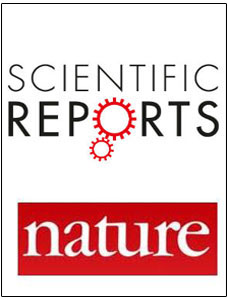
“The endocannabinoid system has been identified as a major regulator of physiological and pathological processes, such as pain, inflammation, cell growth, cell death, and as a regulator of diverse gastrointestinal functions, such as intestinal motility and secretion.
Although cannabinoid-induced analgesia was initially primarily attributed to the activation of cannabinoid receptor 1 (CB1) in the nervous system, later studies demonstrated a contribution of cannabinoid receptor 2 (CB2), localized peripherally on immune cells as well as in the nervous system.
A complex interplay between endogenously released cannabinoids, such as anandamide or 2-arachidonoylglycerol, and their receptors both on inflammatory cells and neurons is involved in modulation of inflammatory pain.
In this article, we demonstrate the in vivo significance and therapeutic potential of cannabinoids in inflammation and pain associated with pancreatitis using human specimens and mouse models as test systems.
Our results are more in line with a recent study reporting a protective role for the endogenous cannabinoid system against colonic inflammation in a mouse model of experimental colitis.
Consistent with the above, we now show that acute pancreatitis, a visceral inflammatory disease in humans, is associated with an activation of the endocannabinoid system.
In humans, acute pancreatitis is associated with up-regulation of ligands as well as receptors of the endocannabinoid system in the pancreas. Furthermore, our results suggest a therapeutic potential for cannabinoids in abolishing pain associated with acute pancreatitis and in partially reducing inflammation and disease pathology in the absence of adverse side effects.
Because management of visceral inflammatory diseases should ideally include antinociceptive as well as anti-inflammatory components, our results lay a basis for testing the therapeutic value of cannabinoids as supplements to conventional analgesic therapy.”
https://www.ncbi.nlm.nih.gov/pmc/articles/PMC2268094/









